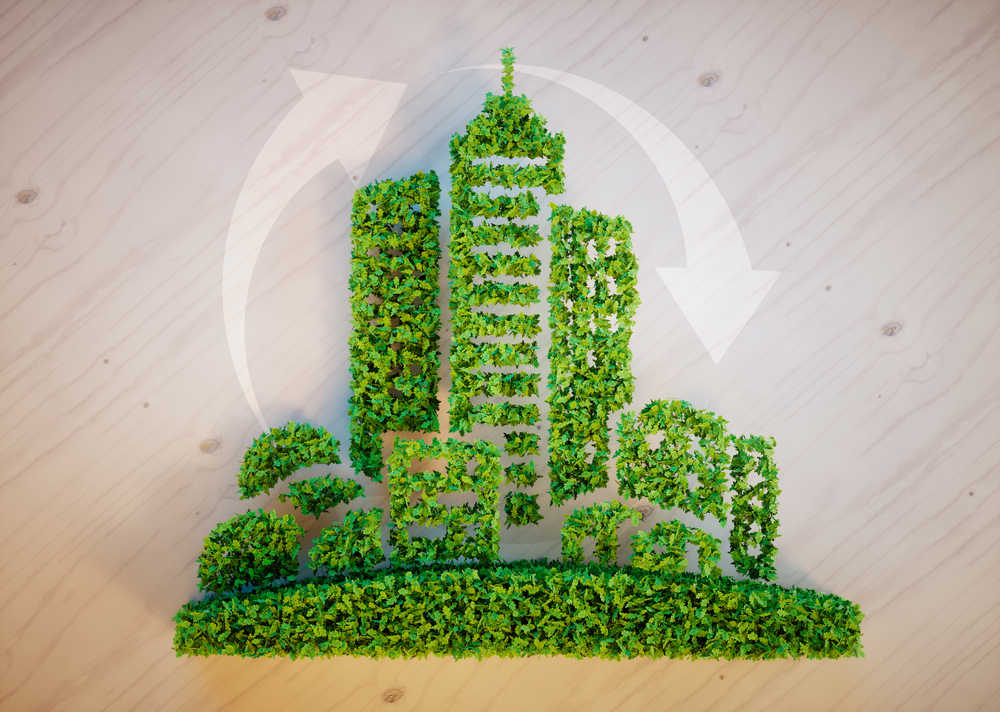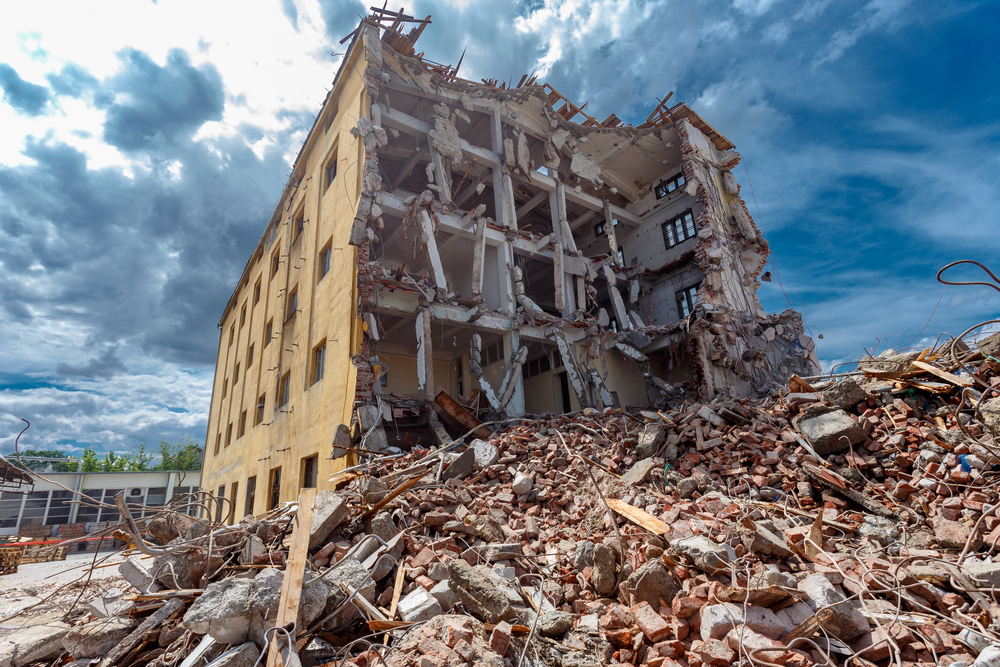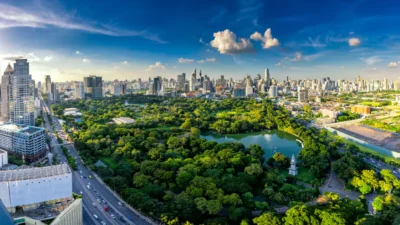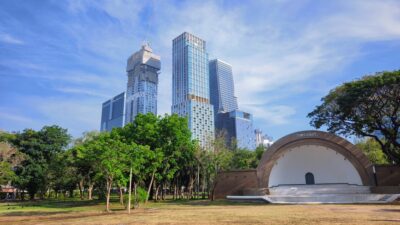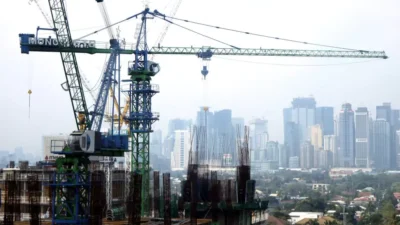Urban buildings: The cause of pollution and the ultimate solution
By 2060, we will have approximately two trillion square feet of buildings across the globe
Whenever we hear the word pollution, we always attribute it to the combustion of fossil fuels for electricity and transportation, the improper disposal of solid waste, the poorly built sewage systems, the irresponsible exploitation of minerals, and much more.
But what we don’t realise is that all of these revert back to buildings, from constructing it to powering it to demolishing it.
As we speak, urban areas are booming because of the rapidly growing population across the globe, which means the need for buildings will just escalate as years pass by.
More: Green-up time for Asia’s polluted cities
In his blog GatesNotes, Bill Gates said that cities across the globe will roughly add two trillion square feet of buildings by 2060, which is identical to constructing a city the size of New York every month for 40 years.
Even though the general population can benefit from living in cities as they will have easy access to better healthcare, job opportunities, and schools, the negative impact of buildings to the environment can outweigh those pros.
Air pollutants
It’s a sad fact, but most Asian cities nowadays have gone accustomed to wearing masks and purchasing air purifiers for their homes and offices to avoid inhaling dangerous levels of air pollutants. One of the reasons behind this is the burning of fuels to power our buildings, which emit the toxic PM2.5 particles that have now become a dreaded household name in Asia.
Greenhouse gases
According to the World Green Building Council, 28 percent of buildings around the globe utilise heating, cooling, and lighting systems that are responsible for energy-related carbon emissions. The release of such greenhouse gases trap and hold heat in our atmosphere, which creates the greenhouse effect and causes global warming.
Physical waste
The construction and demolition of a building alone produce a hefty amount of waste, from bricks to metals to concrete to asphalt. Most of the time, these are discarded in landfills or incinerators that pollute the air and land. By 2025, Construction & Demolition Recycling predicts that the amount of construction waste produced around the world will double to 2.2 billion tons. Question is, where will we be disposing all of these by then?
In this day and age, constructing green buildings and implementing sustainable solutions should be mandated. After all, skyscrapers were built to address the growing needs of the population, shouldn’t it also cater to the environmental needs of future generations?
Yes, buildings may contribute to the pollution problem, but if they do go green, they can be the ultimate solution to the climate crisis.
This is the first of a five-part series on how the Asian real estate is going green. Read the second, third, fourth, fifth parts here
Recommended
Why Asia’s mixed-use developments are the future of real estate
Dynamic integrated communities are fusing real estate with commercial, leisure, and other amenities
Transforming cities worldwide: Surbana Jurong’s vision for the future
Surbana Jurong excels in master planning, infrastructure, and urban development
Inside Asia’s commercial real estate: The cities thriving and those facing tough times
Shifting consumer preferences, and fluctuating economic policies mean commercial real estate investors in Asia must remain agile
Why young Asians are choosing singlehood and reshaping real estate trends
Marriage is out, and singlehood is in as young Asians subvert convention to explore alternative paths in real estate

